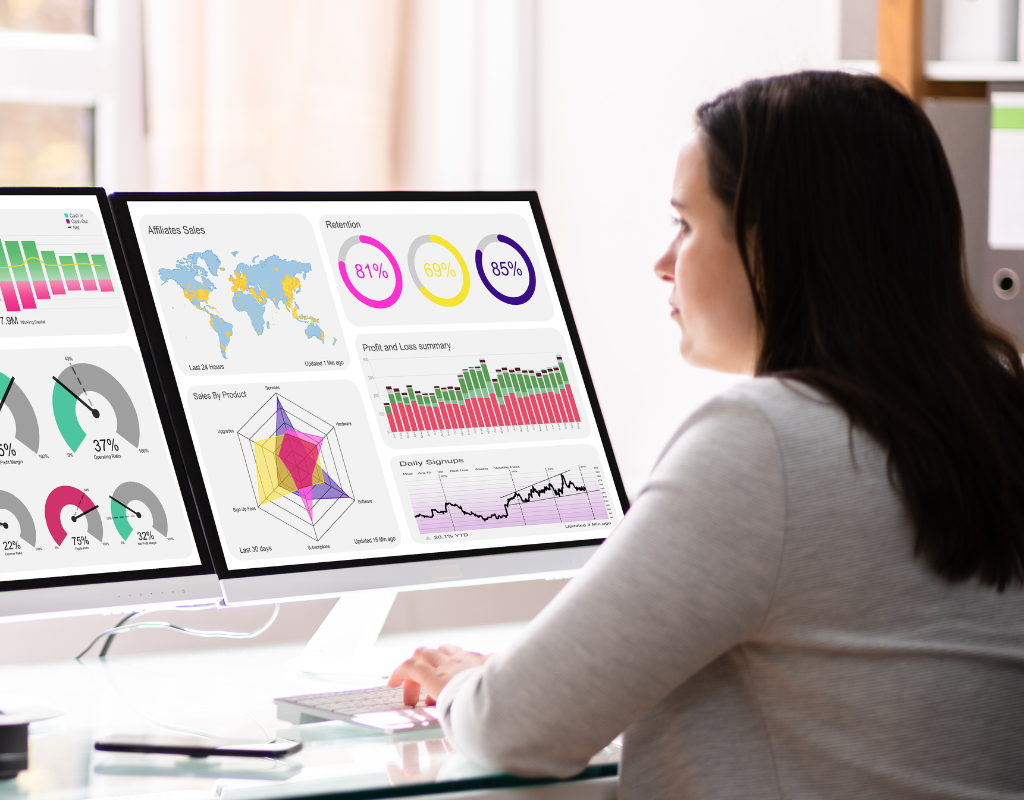In the digital age, finding love has taken on a new dimension. Gone are the days of traditional matchmaking methods. Instead, modern matchmaking is increasingly being shaped by powerful algorithms. The rise of data-driven dating has transformed the way people connect and form relationships, leveraging the wealth of information available to make better matches.
The Evolution Of Matchmaking
Matchmaking has come a long way from traditional methods that relied on personal connections, arranged marriages, or chance encounters. The advent of online dating platforms in the late 20th century revolutionized the way people meet potential partners. These platforms acted as intermediaries, facilitating connections between individuals based on shared interests, values, and physical preferences. However, it is the integration of algorithms that truly propelled matchmaking into the digital age.
Understanding Data-Driven Dating
At the heart of data-driven dating lies the collection and analysis of vast amounts of user data. Dating platforms now have access to an array of information, including user profiles, preferences, behaviors, and interactions. By leveraging this data, algorithms can gain insights into what individuals are looking for in a partner and identify potential matches based on compatibility.
Algorithmic Matching Process

Algorithms employ a variety of techniques to match individuals based on compatibility scores. These scores are determined by considering various factors such as shared interests, values, goals, and demographic information. Machine learning plays a crucial role in refining these matches over time. As algorithms process more data and learn from user feedback, they continuously improve their matching capabilities, leading to more accurate and personalized results.
Dating Apps
Dating apps have become the go-to platforms for individuals seeking romantic connections in the digital age. These mobile applications provide a convenient and accessible way to meet potential partners. Users can create profiles, browse through a vast pool of candidates, and initiate conversations with those who pique their interest. Dating apps offer a range of features, such as swiping, matching algorithms, and chat functionalities, to facilitate interactions and help users find compatible matches.
Specialized sugar dating apps have also gained popularity, catering to individuals seeking mutually beneficial relationships where one party provides financial support in exchange for companionship or intimacy. These specialized apps provide a platform for individuals to establish arrangements based on their preferences and mutual agreement.
Benefits Of Data-Driven Dating
Data-driven dating offers several advantages over traditional matchmaking methods. Firstly, it increases efficiency and convenience by presenting individuals with a curated selection of potential partners. Instead of spending hours searching and vetting potential matches, algorithms do the heavy lifting, saving time and effort.

Also, data-driven dating enhances compatibility by matching individuals based on shared interests, values, and other relevant criteria, increasing the likelihood of forming meaningful connections. Furthermore, this kind of dating provides a level of personalization and customization that was previously unimaginable. Users can specify their preferences and desired characteristics in a partner, allowing algorithms to generate tailored matches based on these criteria.
The Future Of Data-Driven Dating
Looking ahead, the future of data-driven dating is promising. Advancements in artificial intelligence (AI) and predictive analytics will further enhance the accuracy and effectiveness of matchmaking algorithms. AI-powered algorithms can analyze vast amounts of data to identify patterns and make highly accurate predictions about compatibility.
Additionally, the integration of augmented reality (AR) and virtual reality (VR) technologies into dating platforms opens up new possibilities for immersive and interactive experiences. Users may be able to go on virtual dates or engage in virtual environments that simulate real-life scenarios, allowing for a deeper connection before meeting in person.

However, it is crucial to strike a balance between technology and human connection in data-driven dating. While algorithms can provide valuable insights and recommendations, forming meaningful relationships still requires genuine human interaction and emotional connection. It is essential for dating platforms to foster an environment where technology complements and enhances the human experience rather than replacing it.
In conclusion
Data-driven dating has revolutionized the matchmaking landscape, leveraging algorithms and user data to facilitate connections between individuals. It offers increased efficiency, enhanced compatibility, and personalized experiences. However, it also poses challenges in terms of privacy, bias, and transparency. Moving forward, responsible and ethical use of algorithms is crucial to ensure the benefits of data-driven dating are maximized while addressing potential risks. By striking a balance between technology and human connection, we can shape the future of matchmaking in a way that brings people closer together.

















